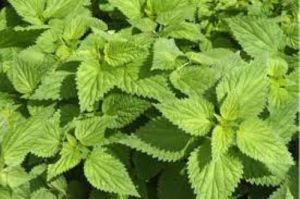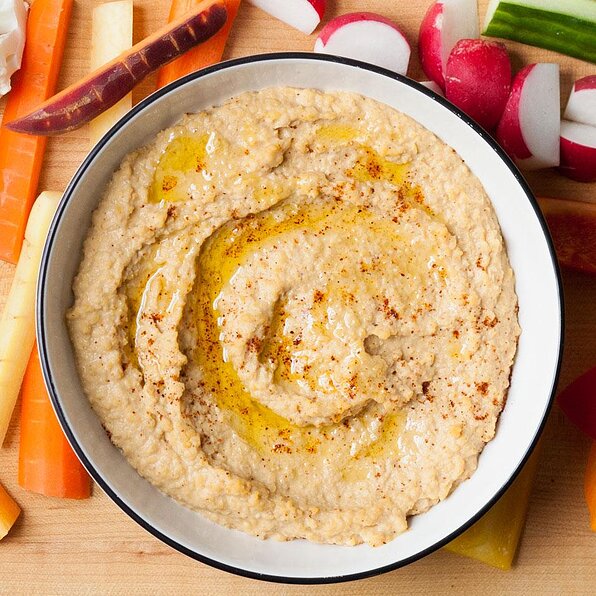_______________________________________________________________________________________________________________________
Magnesium & Constipation

Most of us experience being constipated from time to time, but for some of the lucky few, us FOS people it is an ongoing situation and is difficult and uncomfortable. Yes the doctors call it FOS. Full of stool!
Anyway, there are many reasons why a person gets constipated, lack of water, not enough fibre, lack of exercise, anxiety, slow motility, getting older, food intolerances (dairy), medications and lack of vitamins and minerals. B12, Vitamin D and magnesium deficiencies can all play a part in being constipated. As there is so much to address on this issue we will stick with discussing getting enough magnesium in your diet for this article.
The body receives magnesium through water, food, plants, and natural supplements. The small intestines absorb the magnesium, and the body uses it to support muscles, bones and energy. In addition, magnesium promotes relaxation and soothes high tension in the muscles, which also works to help with digestion.
Magnesium is a vitally important mineral for the nerves due to its role in assisting the electrical signalling to the nervous system's muscle control. Essential for people who have Irritable Bowel issues, especially IBS-C (constipation).
Magnesium has osmotic properties, drawing water to the bowel. It is nature's version of stool softeners.
What is great to know, is that many foods and herbs have magnesium in them, and many of them will add fibre to your diet as well. Remember that as you add more fibre, magnesium-rich foods, you may get further constipated. So go slowly and add more fibre a little at a time and make sure your water intake is enough to keep hydrated.
Even if you eat many magnesium-rich foods and herbs, you may still need some help with constipation. I recommend taking 320 mg. of magnesium citrate for women and 420 mg. for men to work as a stool softener per day. You can easily take every day to alleviate constipation. In my case, I take magnesium citrate every second or third day, and with enough fibre and water, things go smoothly. As long as you stay within the recommended daily dosage you can take magnesium daily. You will know if you have over done it because your stools will become too soft and perhaps a little runny.
If you suffer from chronic constipation and you have trouble with absorbing your food then I suggest you take magnesium in liquid form sold by Floradix or Salus, who make plant-based liquid formulas of magnesium that the body finds easy to digest and assimilate and are considered safe for everyday use. (FYI I do not work for these companies; I think they make great products.)
Remember, one thing alone may not handle your constipation fully, but added magnesium-rich foods will take time, as magnesium is not a magic pill but part of the whole program. Give a go and see how it works for you!
NOTE: Magnesium in supplements can interact with some types of antibiotics and other medicines so check with your health care provider
Herbs high in magnesium
Making herbal teas is a great way to get magnesium and many other goodies! A few superstars are listed below:
Alfalfa
Horsetail
Nettle
Red clover

Foods high in magnesium – (F) stands for fibre
Leafy Greens (F)
All leafy greens are high in magnesium as well as provide a lot of fibre. One cup of spinach will provide 40% of RDI for magnesium.
RDI means recommended daily intake
Chocolate
offers 226 mg of magnesium per 100 grams or one small chocolate bar. Choose varieties with 70% cocoa.
We women have always known chocolate is good for our health!
Legumes (F)
Black beans, lentils, soybeans, and chickpeas are high in magnesium. One cup of black bean provides 120 mg. of magnesium or 30% of the RDI.
Avocado (F)
One medium-sized avocado has approximately 58 mg or 15% of the daily amount of magnesium.
Nuts (F)
Almonds, cashews and Brazil nuts have high amounts of magnesium., One ounce serving of cashews has 82 mg. or 20% of RDI.

Tofu
Tofu comes from soybean curd. A 3.5-ounce serving has 13% of the recommended daily intake or 53 mg of magnesium.
Seeds (F)
Flax, pumpkin and chia seeds all contain magnesium in varying amounts. For example, pumpkin seeds contain per ounce serving a total of 150mg. of magnesium. (40% to 50% of RDI.50% RDI). Flax and chia seeds contain 40 grams of magnesium or 15% of RDI per tablespoon.
Whole grains (F)
Whole grains are oats, barley and wheat. Pseudocereals are buckwheat and quinoa but are also considered whole grains. One cup of oatmeal contains 226mg of magnesium (70% of the RDI).
Fatty fish
Salmon, mackerel and halibut are high in magnesium. For example, half a salmon fillet (about 180 grams) has 13% of the recommended daily magnesium intake.
Bananas
Bananas are high in potassium, and each has about 37 mg. of magnesium.
Baked potato with skin (F)
Eating a medium-sized back potato with the skin will provide up to 48 mg or 12% DV of magnesium.
Raisins (F)
A small amount of raisins 1.5-ounce serving of raisins contains about 14 mg or 3.5% mg. of magnesium.
Disclaimer: The information, including but not limited to, text, graphics, images and other material contained on this website are for informational purposes only. It is not intended to be a substitute for professional medical advice, diagnosis or treatment. Always seek the advice of your physician or other qualified health care provider with any questions you may have regarding a medical condition or treatment and before undertaking a new health care regimen.
All content in this article is for informational purposes only. The owner of these written materials makes no claims as to the accuracy or completeness of any of the information, including any links. The owner will not be liable for any errors or omissions in this information. The owner will not be liable for any losses, injuries, or damages from the use of this information.
